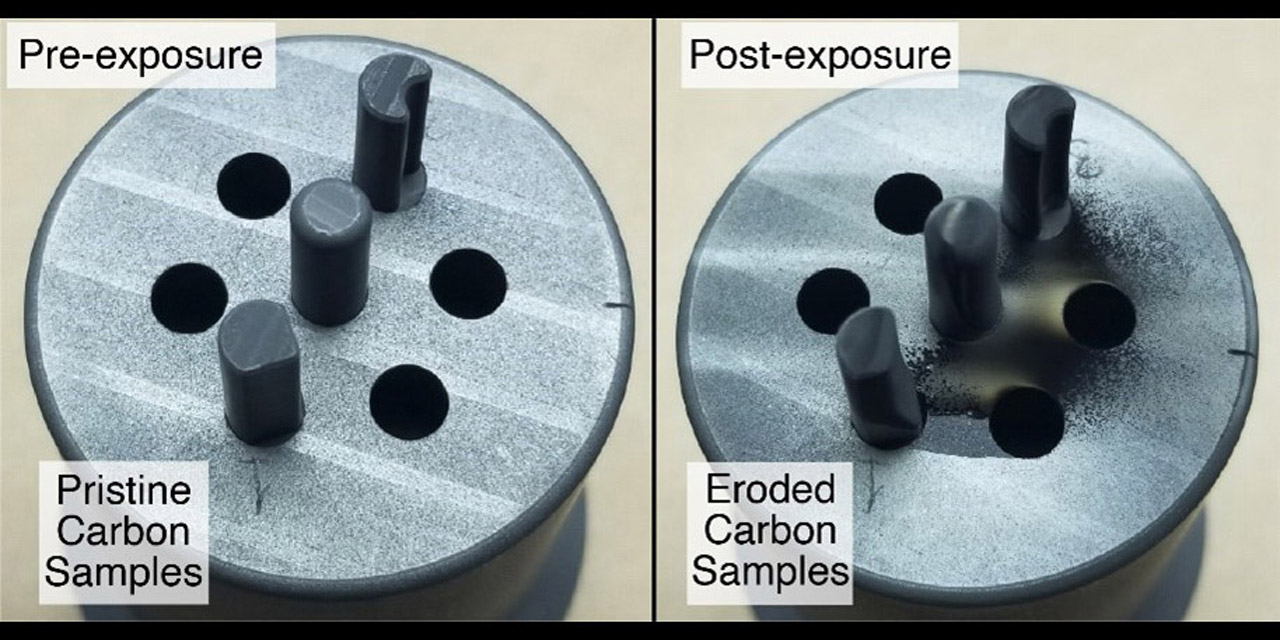The Argonaut mission: Paving the way for European nuclear use in space
Long-duration missions with limited solar exposure need a reliable power source to operate. This makes nuclear power sources (NPSs) an attractive alternative to solar energy for such missions. The implementation of the ESA Safety Policy on the Use of Nuclear Power Sources by the European Space Agency’s Independent Safety Office (ISO) provides a framework for ensuring the safe use of NPSs and sets a standard for future ESA missions. This article provides an overview of how the ISO is implementing the policy in the development and operation of the Argonaut mission, which serves as a valuable case study for understanding the practical application of the ESA safety policy and the importance of ensuring the safe use of NPSs in space.


